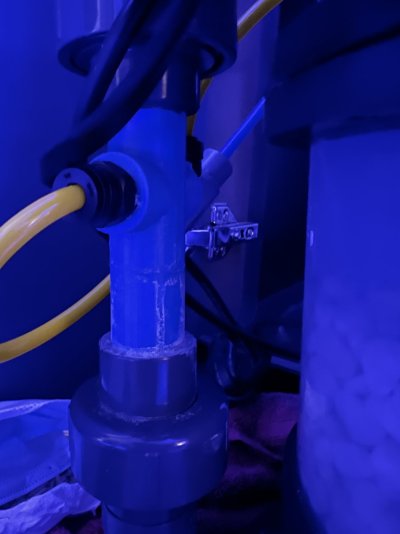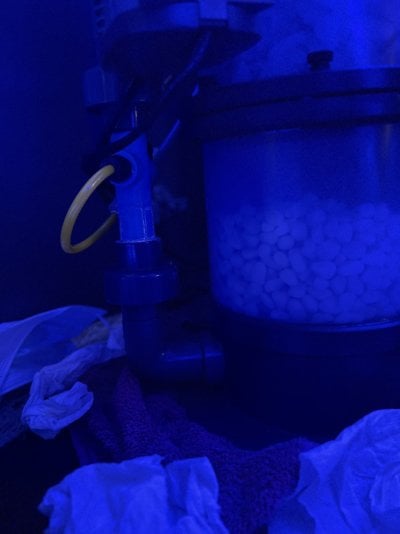That looks correct to me.Quick question about a used ACR I bought a while back and am going to set up. Is the pic correct ?? Thanks !
If you are using the factory controller with your ACR, it would be a good idea to open up the valve box and check for signs of water ingress and corrosion.
If the controller checks out, you should install an external CO2 check valve between the ACR and the controller. The controller has an internal one, but they tend not to work, so an external one is suggested.
Last edited:






















